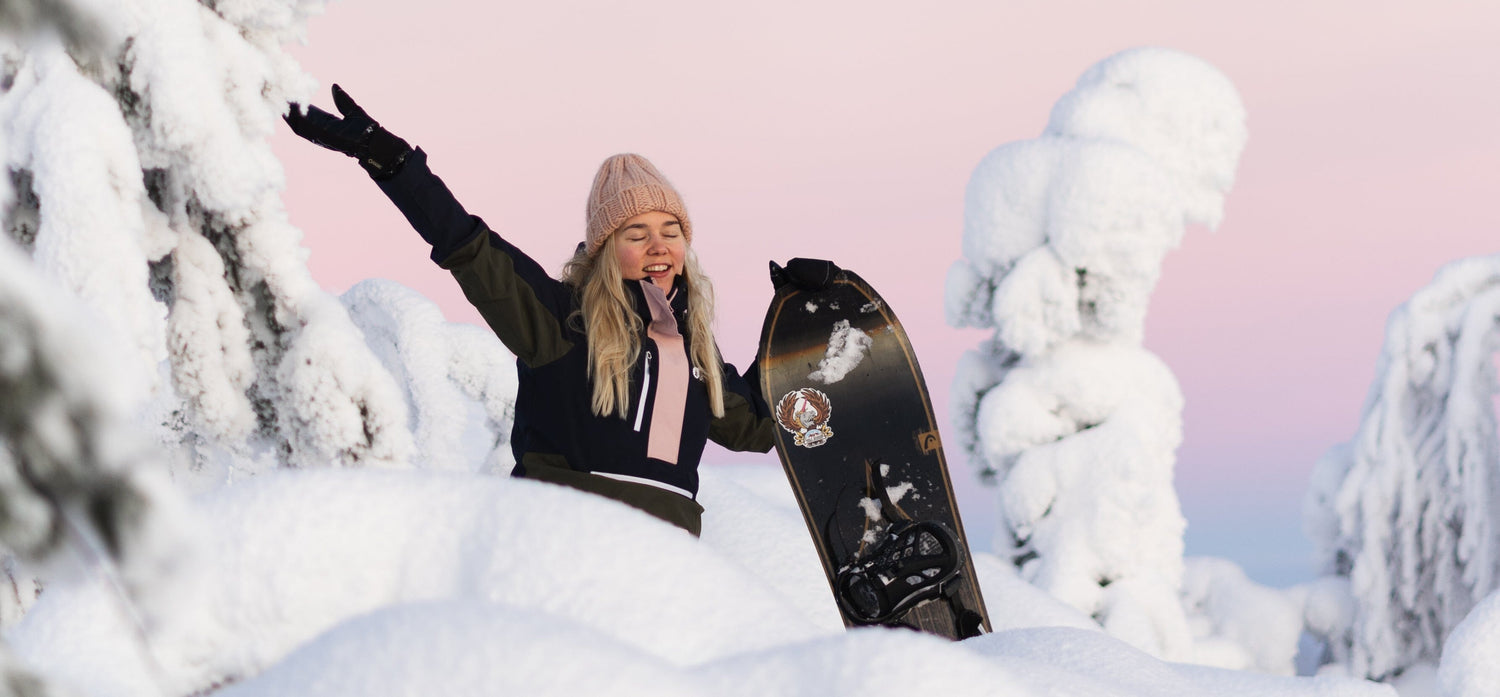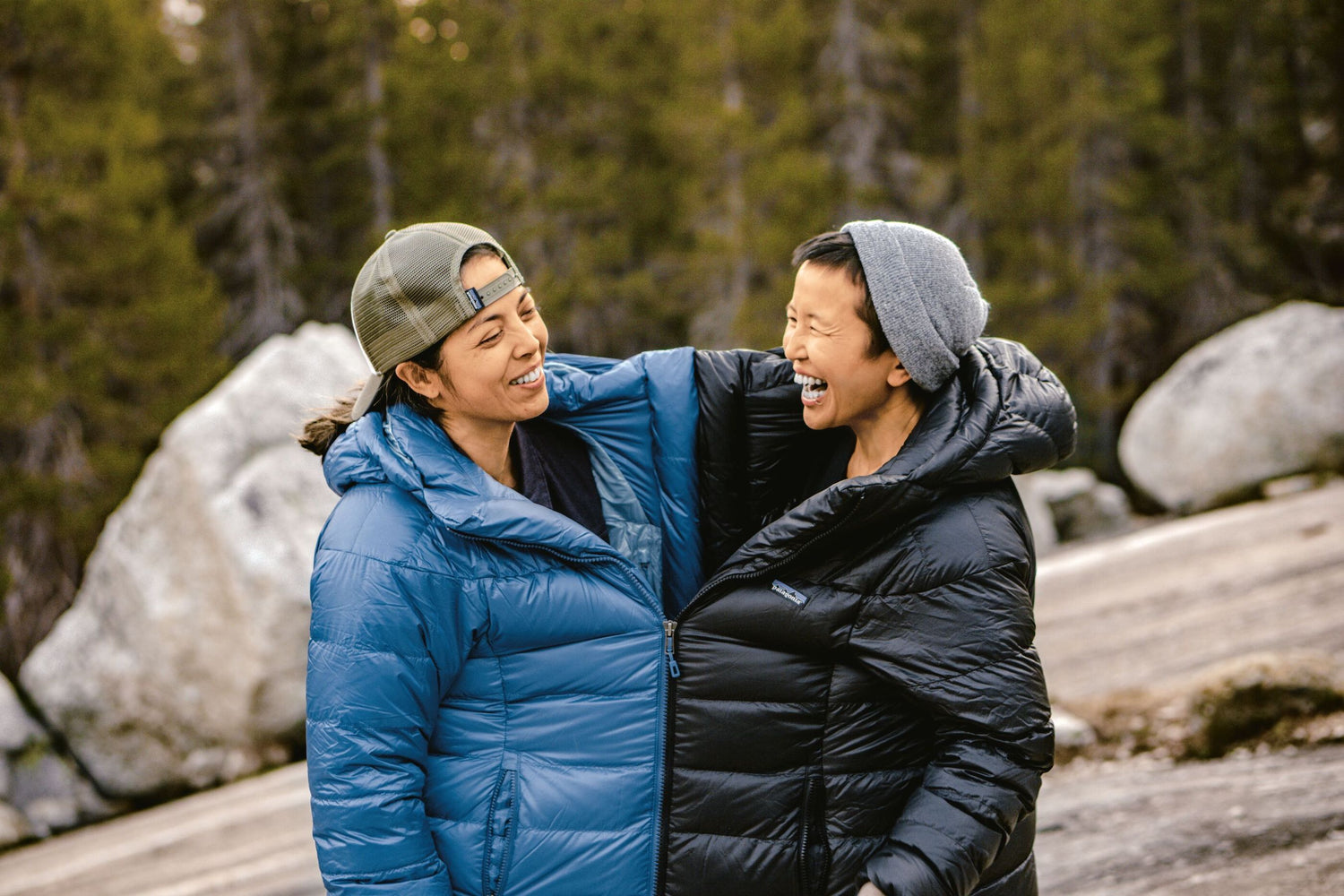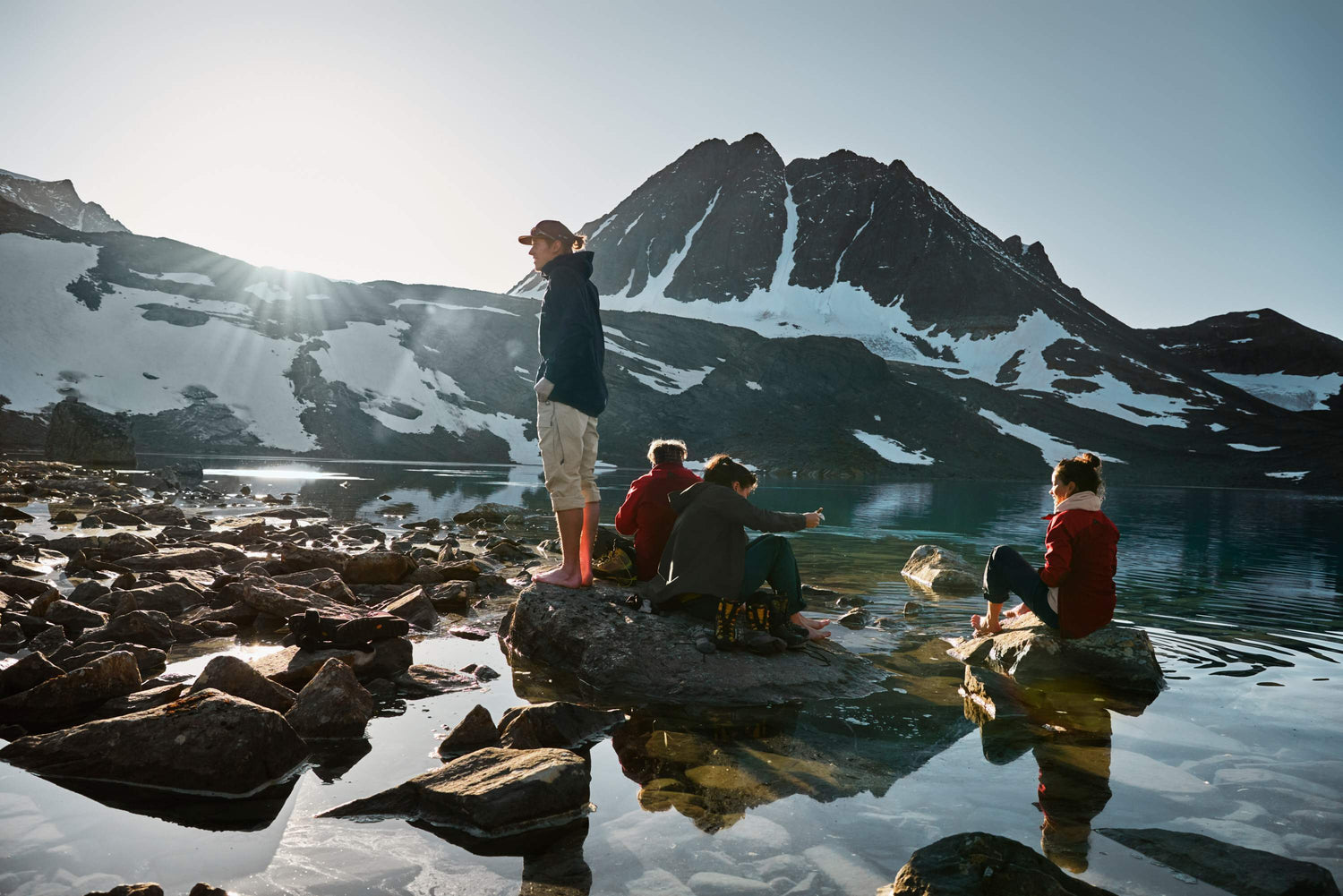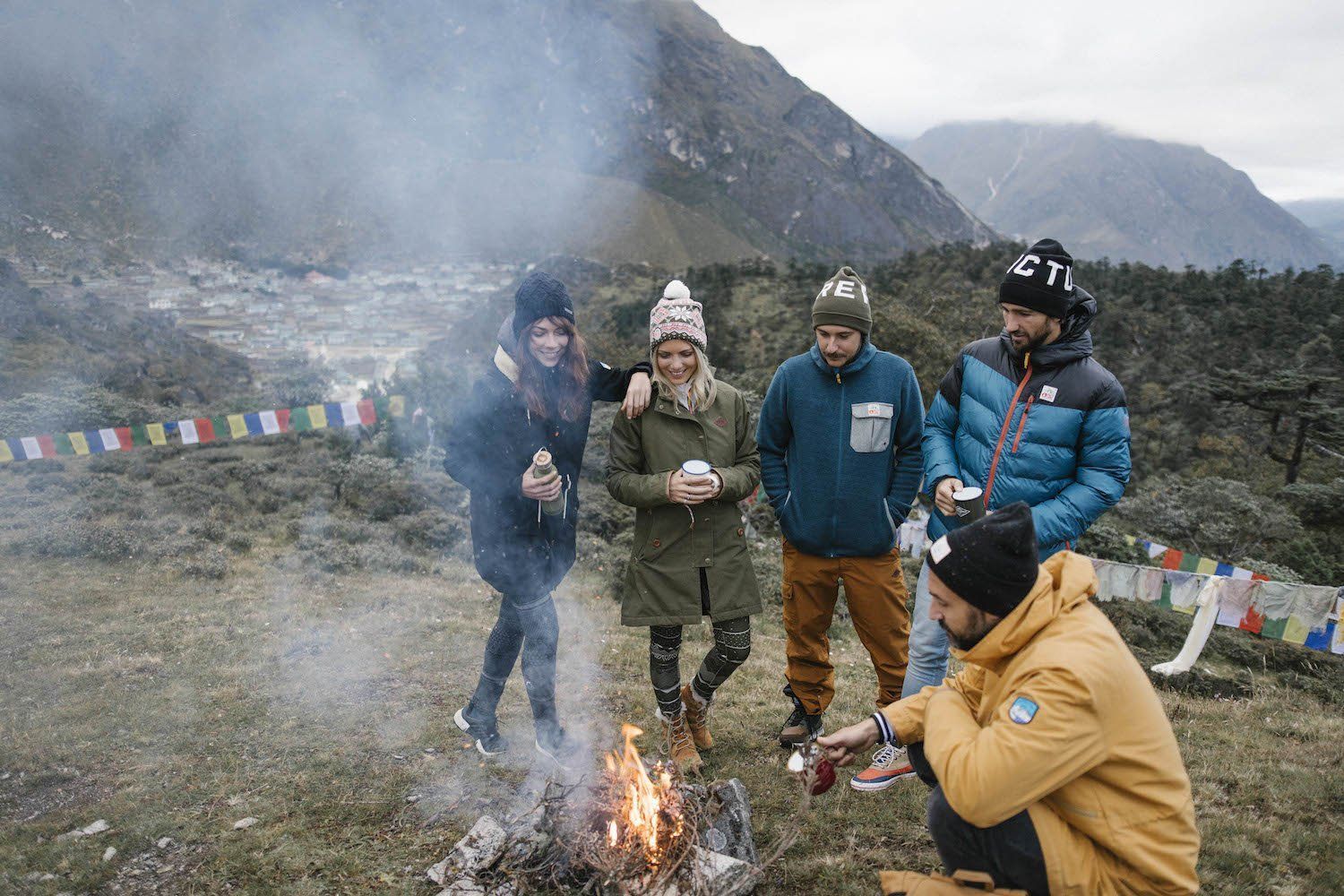Greetings from wintery Finland. Cooler days are here, and the best way to protect yourself from the cold is to layer up properly. You could say that we Finns are the masters of layering and that's why we want to share our best layering tips with you.
For the outdoorsy person, good clothing has three layers: a base layer, an mid-layer and a shell layer that protects against wind and water. Also, in really cold weather you can add a fourth insulating layer.
What do these layers contain? Don't worry, we'll tell you.
So keep reading if you want to know the best tips for layering and find the best sustainable clothing to stay warm in cold weather.
Layer 1 - Base layer

The base layer is closest to the skin and it is therefore important to choose a material that wicks moisture away from the skin, keeping you dry and warm. Merino wool underwear and base layers are ideal for this, as they are moisture-wicking wool garments and do not itch at all.
Lightweight but very warm, merino products are perfect for regulating body temperature, whether you're cold or sweating. Merino is breathable, quick drying, antibacterial and odour repellent.
There are many different thicknesses of merino wool fabrics and the thickness of the knit is expressed in grams per square meter g/m2. If you need help in choosing the right merino wool base layer, you can always turn to us and contact our customer service.
See all our merino wool base layers here >>
See all our merino wool underwear here >>
Layer 2 - Mid-layer

Choose the second layer according to your activity.
For the mid-layer, you should choose a garment that is breathable. This is because air acts as a good insulator against the cold. You can have two layers on top of each other and choose them so that they are easy to take off or put on, depending on your activity and the air temperature.
Wool, merino wool or fleece are ideal as a mid-layer. A thin down jacket also makes a good mid-layer.
Read our top5 Patagonia fleece comparison -blog post.
When choosing mid-layers, it's good to make sure that there are not too many hoods, because many layered hoods make the neck very tight and this reduces the comfort and mobility of outdoor activities.
Check out also all our warm sweaters here!
Layer 3 - Protective shell layer

The purpose of the shell layer is to protect against cold wind and moisture.
Find the best shell jacket and pants and read our blog posts:
When choosing shell garments, it is important to choose their size so that you can fit enough layers of warmth underneath and the shell does not compress the bottom layers too tightly. It's always good to remember that the more air you leave in and between your clothes when layering, the more it warms you up. A good fitting hood is also important for a shell coat, to help protect against the cold chill.
A good quality shell coat is a good buy and will work for year-round wear.
You can find all our shell jackets here and shell pants here!
Extra Layer 4 - For very cold climate

If you are in really cold weather it is a good idea to add an extra layer of insulation on top of the other layers. This could be a really thick and warm down topcoat. Here it is also important to choose the size of the jacket carefully so that all the necessary lower layers can fit underneath.
A fourth layer of insulation is also a good idea, for example on hikes as a break jacket, so that during breaks the cold air cannot get into the other layers. If you have been sweating, you can remove the shell layer before putting on the break jacket to improve breathability.
See all our warm down & synthetic coats here!
Warm accessories

When it comes to layering, don't forget to wear warming accessories. Choose the most suitable hat or headgear for you, as well as mittens or gloves. You can also get separate under-gloves for extra warmth.
For neck protection, choose a tuba scarf, which you can also pull over your face on a cold day. For extra protection, you can also layer two tuba scarves on top of each other in colder weather. This way, the scarf closer to the mouth does not freeze in the cold air that easily.
Find all the warm winter accessories here >>
A final 10-point checklist for warm layering
- Get base layer that fits to your activity
- Don't forget warm merino wool socks
- Get a warm mid-layer (fleece or wool)
- Get waterproof shell pants and shell jacket
- For very cold weather, get a warm down or synthetic jacket
- Remember warm accessories (beanie, gloves/mittens, scarve)
- Don't dress too tightly and remember that layers of air add warmth
- Don't wear too much hooded clothing, so that your mobility doesn't suffer
- Remember to keep your feet warm and dry and always choose your shoes according to the weather
- Remember that you can always add and remove layers according to your activity
Have a chilly winter and stay warm!





